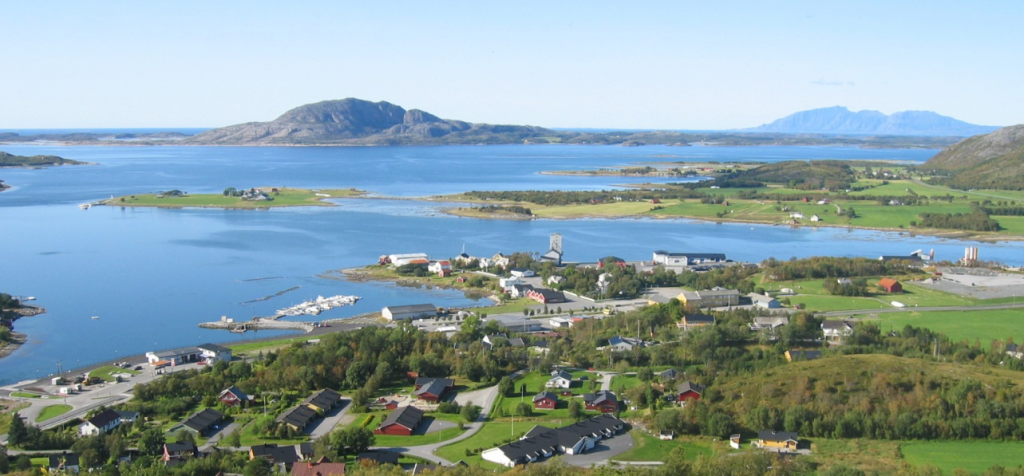
Scandinavia was in the last days in the grip of one of the most intense and wide-reaching heatwaves in its recorded history. While scorching daytime temperatures have already drawn attention across Northern Europe, it’s the extraordinarily warm nights—known as tropical nights—that are breaking long-standing records and raising new climate alarms.
Dozens of weather stations across Norway, Sweden, and Finland, including many above the Arctic Circle, reported minimum temperatures remaining above 20°C, a phenomenon that was once nearly unheard of at such latitudes.
Among the most remarkable readings was Sømna, Norway, which recorded a minimum temperature of 24.7°C. This value is one of the highest nightly lows ever measured in Norway and by far the warmest night on record for that region. Kristiansund, a coastal town on Norway’s west coast, also saw an exceptional 21.1°C overnight. Other significant values include Hitra with 20.7°C, and Molde with 20.2°C—all breaking local records.
These temperatures classify as “tropical nights”, a term used when the temperature doesn’t drop below 20°C overnight. In Scandinavia, where cool, crisp summer nights are the norm—even during heatwaves—such readings are extremely rare and signal a major shift in regional climate behavior.
The persistence and geographic spread of the warm nights is equally striking. Tropical nights were reported not only in the southern parts of Norway and Sweden but also within and north of the Arctic Circle, in regions where midnight sun and cold nighttime air usually prevail. This signifies a growing climate anomaly.
Warm nights are particularly dangerous during heatwaves because they prevent the body and buildings from cooling down, which increases the risk of heat stress, sleep disturbances, and health complications, especially among elderly populations and those with pre-existing conditions. Many homes and care facilities in northern Europe lack air conditioning, as the climate was historically mild.
In terms of broader climate signals, meteorologists and climatologists point to a stationary ridge of high pressure, or heat dome, that has parked over Scandinavia, trapping heat and pushing both daytime highs and nighttime lows well above historical averages. This is compounded by Arctic amplification, a climate feedback loop where warming is accelerated in high-latitude regions due to melting ice and changes in atmospheric circulation.
What makes this event even more concerning is how consistent and widespread it is. The combination of extreme daytime heat and warm nights places additional pressure on ecosystems, agriculture, infrastructure, and public health systems. Plants and animals accustomed to nightly cooling are stressed, crops may suffer reduced yields, and pests and plant diseases thrive in warmer conditions.
The historic tropical night of 24.7°C in Sømna, along with many similar records across the region, marks a turning point in how heatwaves manifest in Scandinavia. Once considered safe from the worst impacts of climate extremes, the Nordic countries are now experiencing the full force of a warming climate, not only through melting glaciers and milder winters, but now also via tropical-like summer nights.

Illustration picture: https://en.wikipedia.org/wiki/S%C3%B8mna_Municipality#/media/File:Berg_i_Helgeland.jpg


























